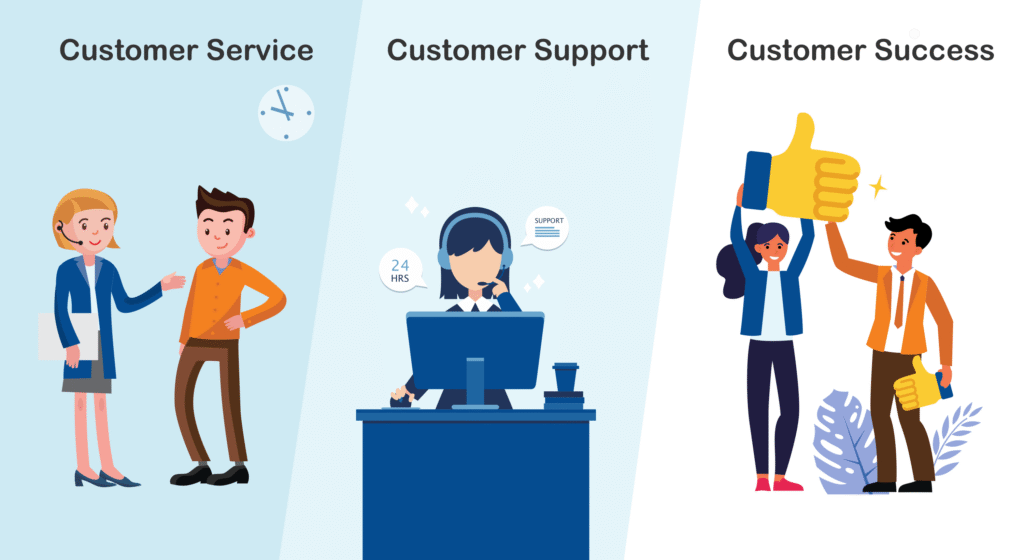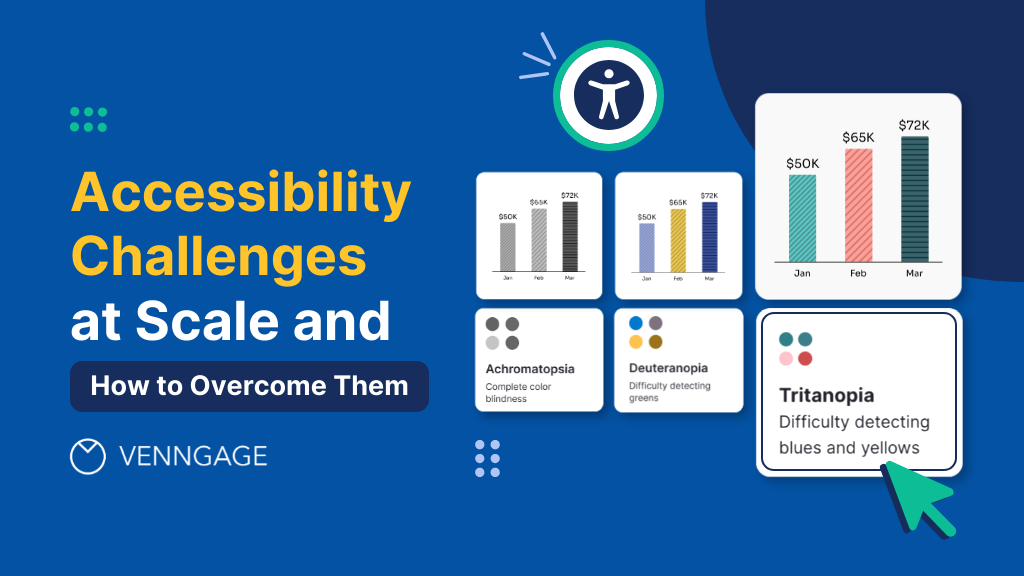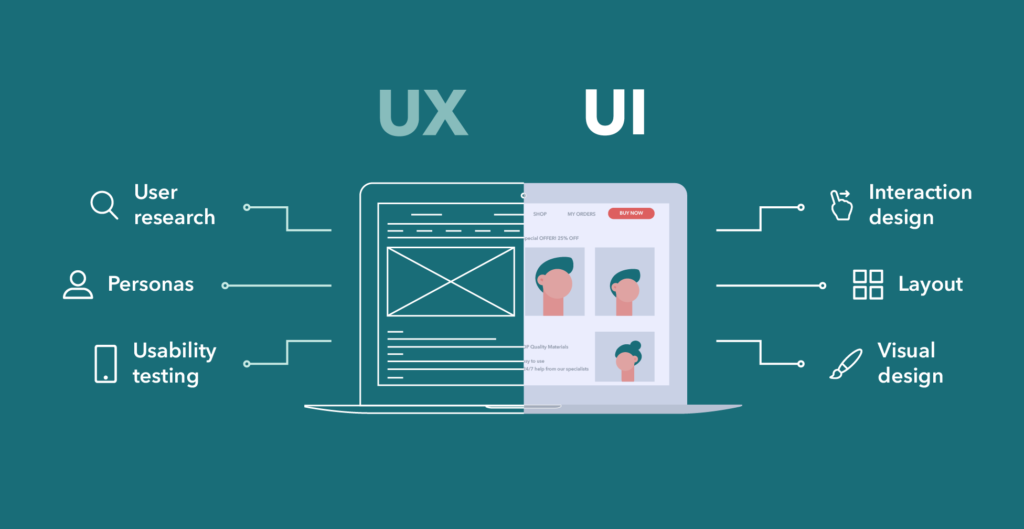The Real Cost of Bad UI/UX (And How to Fix It)

The Real Cost of Bad UI/UX (And How to Fix It) In today’s digital era, user experience (UX) and user interface (UI) design are not merely about aesthetics—they are pivotal to a business’s success. A website or application’s design forms the first impression for users, influencing their decision to engage further. If the design is complex, confusing, or slow, users may become frustrated and leave, leading to potential losses in sales and customer relationships. Poor UI/UX not only results in revenue loss but also tarnishes brand reputation. Users often share negative experiences on social media and review platforms, deterring potential customers. Additionally, complicated interfaces increase the burden on customer support teams, escalating operational costs.
According to a study by Forrester Research, every dollar invested in UX yields a return of $100, reflecting a 9,900% ROI . This statistic underscores the significant benefits of investing in quality UX design. In this article, we will delve into how poor UI/UX impacts businesses and explore strategies to address these challenges. Through real-life examples and expert insights, we’ll understand how effective design not only enhances user satisfaction but also serves as a key driver for business success.
Lost Revenue and Conversion Decline

Poor UI/UX design directly impacts a company’s bottom line by causing potential customers to abandon their journey before completing desired actions. For instance, a complicated checkout process or unclear navigation can frustrate users, leading them to leave without making a purchase. Studies indicate that 88% of users are unlikely to return to a website after a bad experience, and companies collectively lose billions annually due to such inefficiencies.
Escalated Customer Support Costs

When users struggle to navigate a website or application, they often seek assistance, increasing the burden on customer support teams. This not only escalates operational costs but also indicates underlying design issues. A well-designed interface can reduce the need for support by making processes intuitive, thereby saving resources and enhancing user satisfaction.
Damage to Brand Reputation

User frustration stemming from poor UI/UX can lead to negative reviews and word-of-mouth, tarnishing a brand’s image. In today’s digital age, where consumers heavily rely on online feedback, a single negative experience can deter numerous potential customers. For example, a confusing interface or frequent errors can lead users to share their dissatisfaction on social media platforms, amplifying the negative impact.
Increased Development and Maintenance Expenses

Neglecting UI/UX considerations during the initial development phase often results in costly revisions and updates later. Addressing user complaints, fixing navigation issues, or redesigning interfaces require additional time and resources. Moreover, frequent updates can disrupt user experience and erode trust, emphasizing the importance of investing in quality design from the outset.
Legal and Accessibility Challenges

Overlooking accessibility in design can alienate users with disabilities and expose businesses to legal challenges. Ensuring inclusive design is not just ethical but also broadens the user base. For instance, failing to make a website compatible with screen readers can lead to lawsuits and penalties, as seen in cases where companies faced legal action for not accommodating visually impaired users.
Strategies to Enhance UI/UX

To mitigate the adverse effects of poor UI/UX, businesses should adopt user-centered design approaches. This involves conducting thorough user research, simplifying navigation, optimizing performance, and ensuring accessibility. Regular usability testing and feedback collection can identify pain points, allowing for iterative improvements. By prioritizing user needs and preferences, companies can create intuitive interfaces that enhance satisfaction and loyalty.
The Real Cost of Bad UI/UX (And How to Fix It) Investing in effective UI/UX design is not just about aesthetics; it’s a strategic business decision that can lead to increased customer satisfaction, loyalty, and revenue. By recognizing and addressing the real costs associated with poor design, businesses can create more engag.



